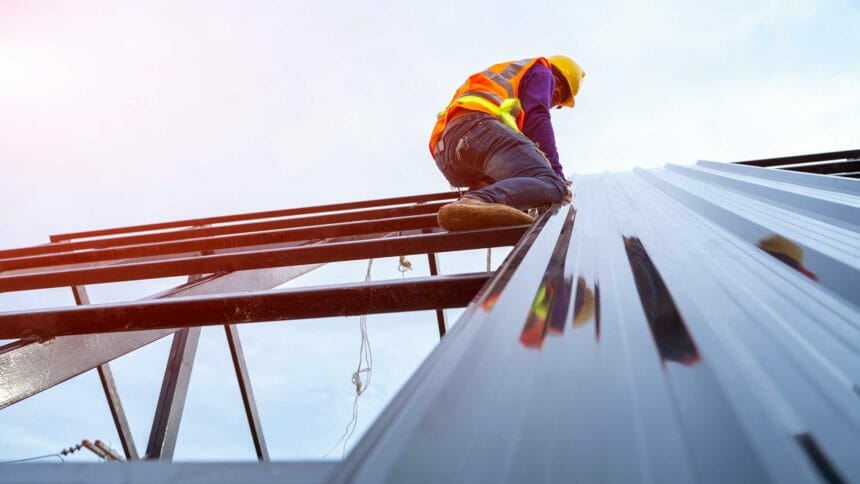

Limited staff, resources, costs and supply chain issues all continue to hinder construction projects in the economy. Plante Moran experts offered strategies for mitigating construction costs risks and moving forward with projects in a recent online post.
“Within the last few months, we’ve seen a bit of hesitation in projects going forward [across the country] as quickly as they have in the past. With that being said, there are still a lot of projects still being planned,” Eric Dumont, senior vice president of Plante Moran Living Forward, told the McKnight’s Business Daily. He wrote the article with Art Eckert and Alicia Washeleski, both of Plante Moran Cresa.
Lumber prices dipped last month, but prices still are up more than 135% since the beginning of 2020, Fortune reported. Gasoline and diesel costs are also high, Dumont noted. Materials such as steel, concrete, asphalt, shingles, roofing, aluminum and aluminum have long lead times, he added, and that is slowing down construction efforts.
“Depending on the product and where you’re getting it from, you can practically double the lead time,” Dumont said.
For instance, lead times for window orders have gone from 12 to 14 weeks in the past to 24 to 28 weeks now. And steel, iron, girders and structural support can take up to eight or nine months to arrive, depending on where the product is coming from in the country, according to Dumont.
To mitigate construction cost risks, Plante Moran suggests a five-point strategy, starting with identifying a priority, be it time, cost or quality. The company calls this approach the “pyramid of success.”
Regardless of which item is the first priority, “communicate that priority clearly to the project team, and set guard rails in place to best accomplish your goal while minimizing impacts from the lower-priority sides of the pyramid,” Dumont and his co-authors of the post said.
Secondly, they said, identify the risk factors, such as labor shortages, the project location, existing construction projects in the area, and the authority that has jurisdiction over new projects and the availability of materials.
“Early in the planning process, identify pertinent market variables, understand their potential risks, and create a strategy to mitigate their effects,” the authors said.
Next, look at materials availability. Demand is high, but supply is low in some cases due to pandemic-influenced supply chain disruptions.
“Being proactive and designing with contractor participation helps to bring procurement and schedule issues to the forefront right away, allowing your team to preorder key components, manage a list for critical items with long lead times, and follow up with suppliers,” Dumont and his co-authors wrote.
Construction costs have been rising over the past seven years or so, with a recent spike in prices for key materials over the past few months, according to the consulting company.
“The best way to stay within your budget constraints is to set the project up for success from the beginning of planning. Work with your team to evaluate the variety of material options that will optimize the available funds for hard costs, but also set aside an appropriate escalation contingency to account for the unexpected,” the authors wrote.
Dumont said that he expects construction cost risks to mitigate as inflation slows.
“Within the next six to 12 months, we hope to see some of those prices dip just naturally,” he said.
Lastly, he and his colleagues said, it is important to create processes for follow-up and communication


